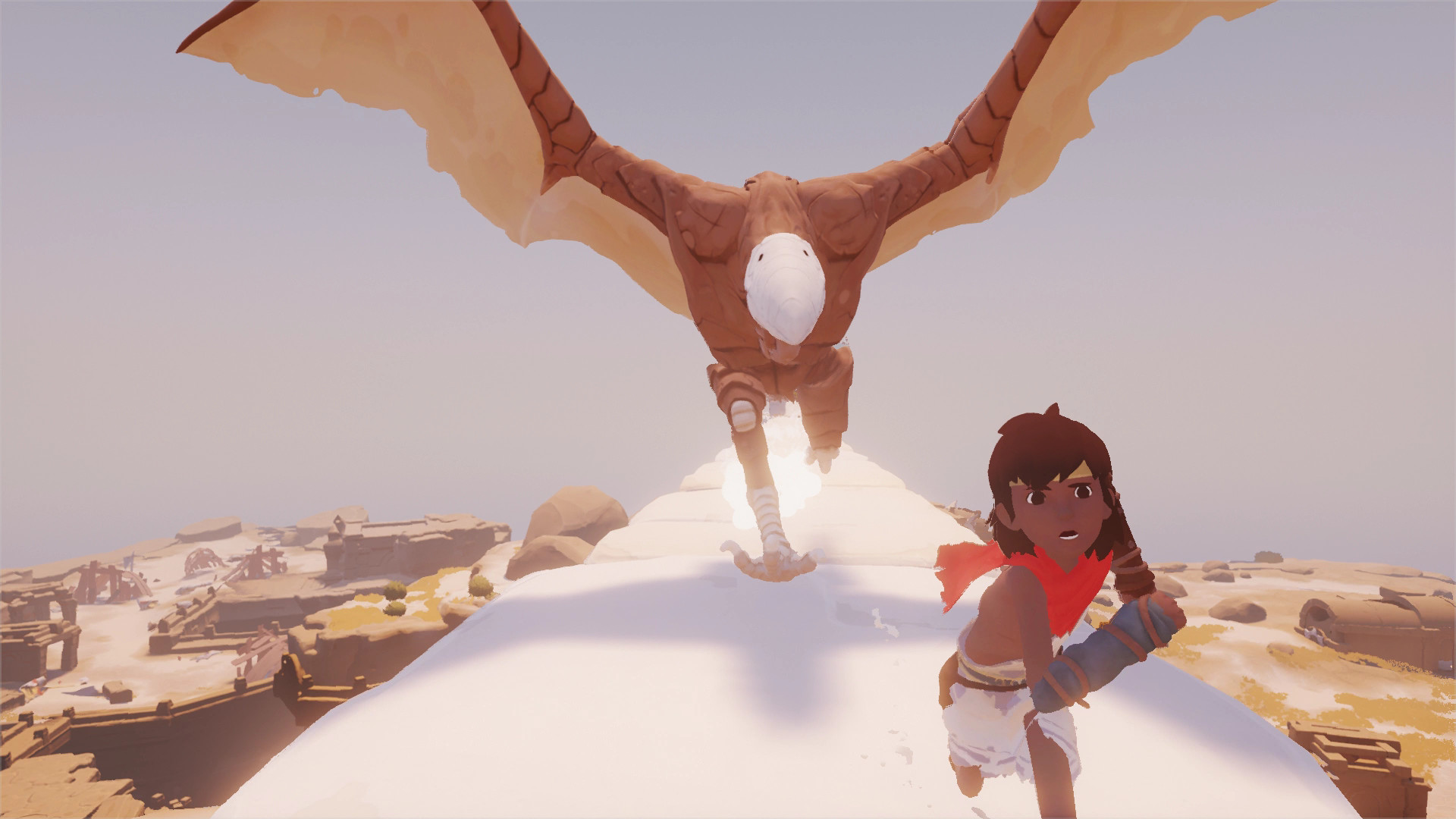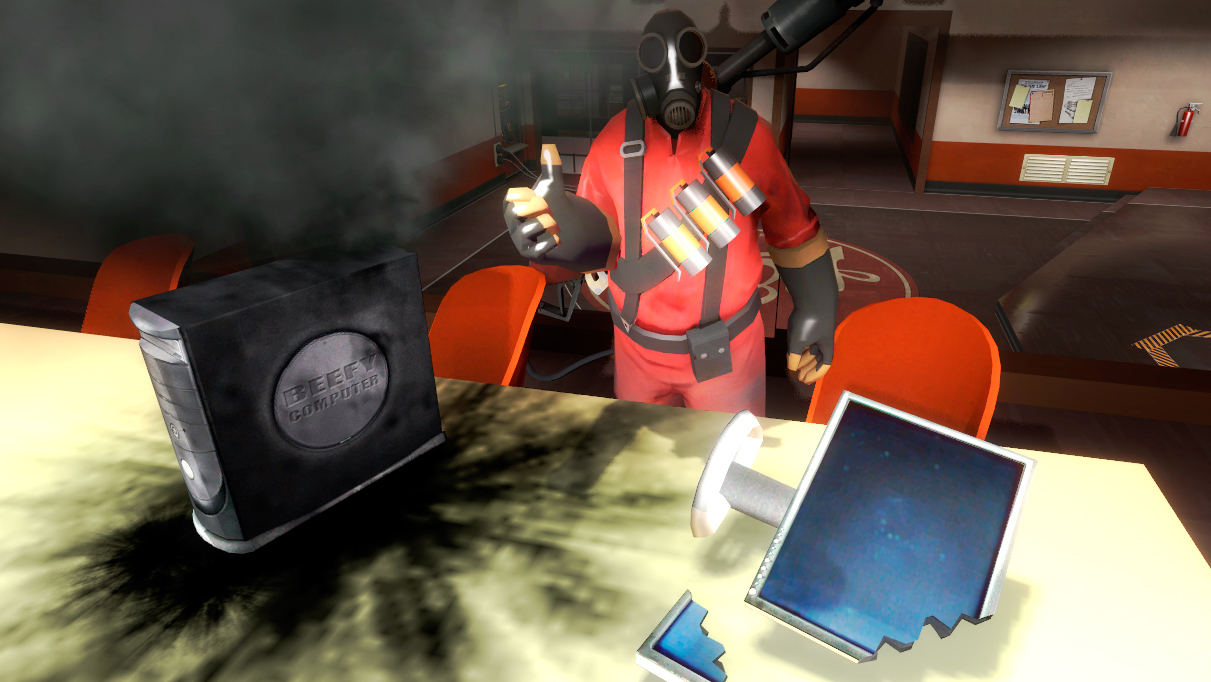
Technology constantly shapes the way we live our lives and with how frequently it is updated, sometimes you are left in the dust trying to keep up! Social media and influencers may be like this for some people who spend their time online.
I mean after all, the concept of a singular person who plasters their life online and receives millions of likes is kinda strange at first glance. This phenomena has actually been taken a step further. Like the internet didn’t push enough boundaries to begin with!
What are they?
In 2023 we are welcoming the Virtual Influencer to our screens. In layman’s terms this is an influencer that has a social media account but is technically just a bunch of pixels on a screen. The Japanese may have been the first to do something within this paradigm under Hatsune Miku, the virtual popstar that is still popular worldwide to this day.
@ Gamepur
Existing solely online, Virtual Influencers have large followings due to their likeable traits and realistic appearance. They have been picked up recently as a marketing tool for businesses online and on social media.
Some examples of Virtual Influencers
With how realistic these influencers are, it is no surprise many of them manage to amass millions of followers. The most popular is @Lilmiquela on Instagram who has 2.9 million followers.
Miquela has grown quite the following and has garnished mainstream notoriety too! She was listed on The Times Magazines’ as one of the top 25 most influential “people” on the internet. She’s also gone on to model for the high end fashion brand, Prada and has wrapped up millions of streams on Spotify.
A bunch of other influencers of this kind are out there. Prada again way back in 2011 included a virtual character in one of their campaigns.
UK and French supermarket chain Marks and Spencers surprisingly has their own robot influencer called Mira. Mira is used to promote their clothing collections. M&S’ main audience segment is older generations so this is definitely an interesting move from them, but ground breaking nonetheless.
How does it work?
Through the clever use of Artificial Intelligence and Computer Generated Imagery these characters are brought to life. They appear and act like humans. I cannot lie, when I first saw Mira it took me a good few seconds to realise it was not a real person.
Everything down to the location of the Virtual Influencer and their outfits are designed by their owners/creators. There’s always a mastermind behind stuff like this and they are the ones who benefit from brand deals and posts that are made on the accounts.
When brands have tried to utilize the Virtual Influencer it has ended well for them. The current status quo on Virtual Influencers is actually fairly positive as people are generally interested in this concept.
@ Virtual Humans
Now what is in it for brands? Surely using a real influencer is more logical? Well you may be wrong. Choosing Virtual Influencers allows the brands to choose how the campaigns are structured and their tone.
With how human like and personable these figures are the authenticity box is ticked for consumers which draws them closer to these influencers and also the brands.
Followers of the Sims game series will have seen the avatar influencers that have carried their marketing efforts. Cool, quirky designs have been pumped into this idea and has kept The Sims, which is a fairly old game, afloat and relevant still within the modern gaming industry amongst players.
Can this work in Web3?
The idea of a Virtual Influencer can absolutely work, I do not have a crystal ball, however the realistic CGI experience that has been brought forward is absolutely adaptable in the Metaverse land.
Fashion and Entertainment brands have already entered the Metaverse and as these experiences from the likes of Decentraland review and Meta become more immersive, influencers like this will absolutely drive brand awareness.
Virtual Reality should welcome Virtual Influencers as they share similar properties. It may take a while for Virtual Reality to catch up with the realism of the current computer generated influencers.








